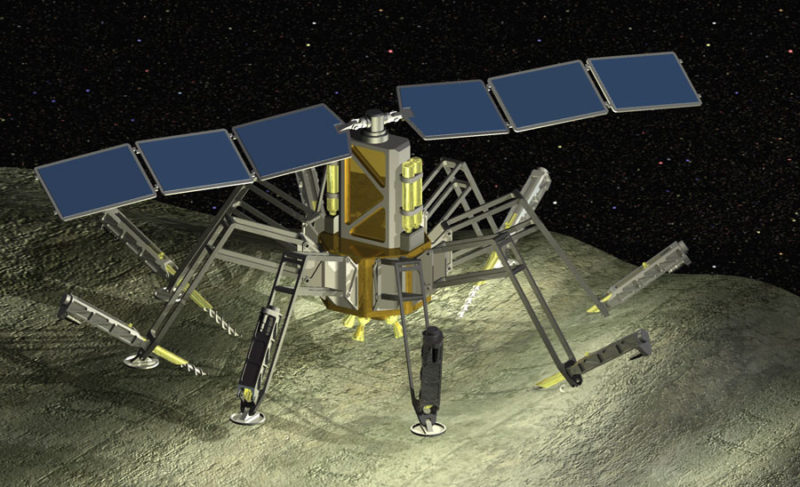Construction and mining the next frontier of robotics adoption
In the past, for heavy industry-related locations like mines, robots were controlled by teleoperation or navigate autonomously across uneven terrain or within subterranean interiors with little to no human interaction.
This was the same for construction sites, where robots must understand changing floor plans, keep track of inventory, and navigate stairs.
Thanks to advances in Artificial Intelligence (AI), wireless telecommunications, location-based technologies, and navigation systems, this is being realised.
Modern robotics tend to be associated with either indoor environments like factories and warehouses, or in the home. But there is a multitude of other, less structured and more challenging environments where AMRs are only just beginning to proliferate.
Advanced mobility enabling autonomous navigation will empower robotics vendors in construction, extraction and elsewhere. While in 2018, 28.7% of commercial robots’ shipments had some degree of autonomous navigation, in 2027, the percentage will be 79.3%.
Construction robots may be involved in specific tasks, such as brick-laying, painting, loading, and bulldozing. We can expect hundreds of AMRs in the next 2 years, mainly doing haulage. These robots help to protect workers from a hazardous working environment, reduce workplace injuries, and address labour shortages.
For the robots to operate in challenging, hostile, and unsafe environments without human assistance, the key beneficiaries will be OEMs who choose to adopt navigation-providing operation systems (OS) from third-party providers.
Specialist robot companies have a greater opportunity to attract capital due to increased interest, and with the formulation of cloud services from AWS and Google, have more opportunity than ever to develop advanced capabilities like mobile manipulation and advanced analytics.
However, they will struggle to get an in-house solution off the ground without partnering with third-party providers on localisation and navigation technologies.
Given the complexity of localisation, mapping, and navigation alone, a delegation of responsibility to third-party providers is often the best way to go. These types of partnerships are crucial as the OEMs have the industry know-how and existing infrastructure that address site-specific requirements.
Therefore, while the proliferation of start-ups dedicated to building robotic platforms for construction-related tasks is intriguing, the more developed opportunity is currently the interaction between OS providers and traditional OEMs, like Komatsu and Caterpillar, in automating heavy vehicles used in mining extraction.
These may be OS providers like Braincorp and Autonomous Solutions Inc., who specialise in navigation, or technology providers Humatics. As both industries continue to strive for cost efficiency and workplace safety, task-specific autonomous mobile robots hold the key to the future.



